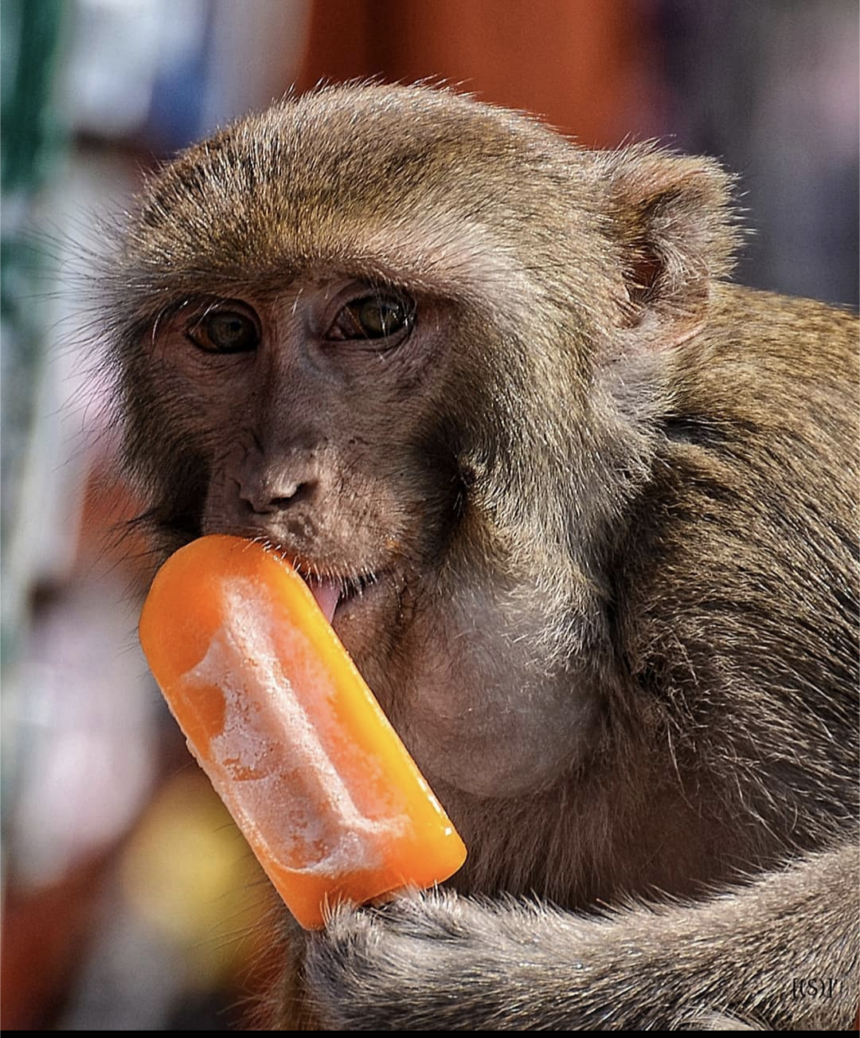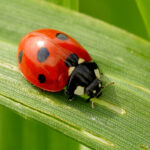The wildlife conflicts and animal venturing into the urban and sub urban areas are rising alarmingly. This causes encounters in both sides, example wild animals like: Leopard, fox and elephant, encounters farm animals or encounter humans when they are frightened. In parallel, people use guns, soft bombs, electric fences and large pit holes to protect themselves, their crops and their farm animals as a result it leads to the encounter of wild animals.
When I was 7 years old, I remember seeing a bunch of monkeys crossing the walls of our house which is in Mettupalayam – town which is located in the foot hills of Nilgiris. But now over the years I am able to see monkeys walking on the streets of Thudiyalur. Curious about this trend, I delved deeper into the causes of wildlife conflicts and transgressions into urban and suburban areas. Here are the key factors:
- Habitat loss and fragmentation
- Global warming and climate change
- Food attraction
- Human wildlife interaction
- Deforestation and agriculture
Habitat loss and fragmentation
One of the primary reasons of wildlife entering into urban areas is habitat loss. Urbanization, deforestation, and agricultural expansion have significantly reduced and fragmented the natural habitats that animals rely on. As forests and wetlands are converted into housing developments, shopping centers, and farmland, wildlife is left with fewer places to live and fewer resources to sustain their populations. Fragmented habitats can isolate animal populations, making it difficult for them to find mates, food, and safe nesting areas, ultimately pushing them into urban environments.
Global warming and climate change
Climate change is another critical factor influencing wildlife behavior. Rising temperatures, altered precipitation patterns, and extreme weather events disrupt ecosystems and force animals to adapt. The resources like rivers and lake may drain due to the extreme weather conditions animals have to enter urban and sub urban areas in search of food and water. For instance, some species might move to higher altitudes or latitudes in search of cooler climates, while others might migrate to urban areas where resources are more predictable. Changes in plant phenology and the availability of prey can also drive wildlife into cities and suburbs, where they might find more stable conditions.
Food attraction
Urban areas can inadvertently provide abundant food sources for wildlife. Improper waste management, unsecured garbage bins, and readily available pet food attract animals such as raccoons, opossums, and even bears. And the farm animals attract carnivorous animals Additionally, bird feeders, gardens, and ornamental plants can offer supplemental food for various species, encouraging them to linger in human-dominated landscapes. The availability of easy-to-access food can reduce animals’ natural foraging behaviors and increase their dependency on urban environment.
Human wildlife interaction
Encounters between humans and wildlife are becoming more frequent due to the expansion of human settlements into wildlife habitats. Animals like elephant, monkeys, spotted dears, leopards, great Indian Ghor are frequently entering the urban areas over the years. Animals like monkey started depending on humans this creates an imbalance in the ecosystem
Deforestation and agriculture
Agriculture and deforestation are two of the most significant human activities impacting wildlife globally. These activities lead natural habitats, disrupt ecosystems, and force animals to adapt to new and often challenging environments. Understanding these impacts is crucial for developing strategies to mitigate negative effects and promote coexistence between humans and wildlife. And commonly practiced method of collecting firewood in India significantly affect the forest.
This practice is a slow method of deforestation.
If these practices are avoided in India as well as the world, the wildlife conflicts and transgression into the urban and sub-urban areas will significantly reduce. This world will be ecologically and economically balanced and stable if we humans know to coexist and live in harmony with the wildlife








